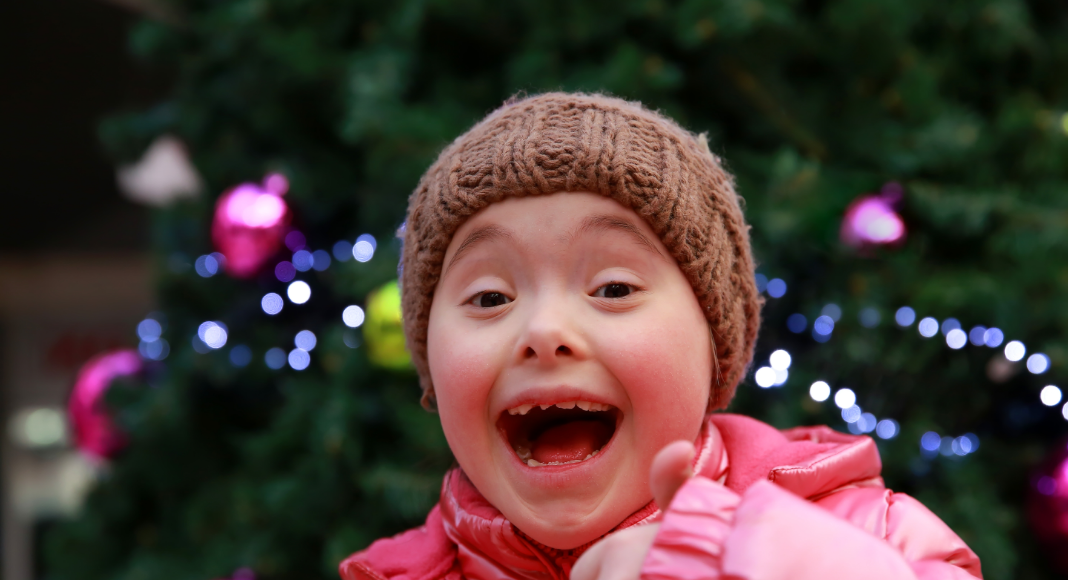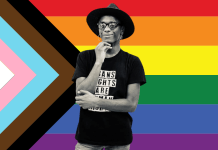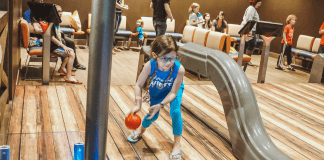Dec. 3 is International Day for People with Disabilities (IDPD). On this day, organizations across the globe bring awareness and hope for people who live with disabilities.

In 2020, themes that are being celebrated and promoted include:
- The United Nations is encouraging “Building Back Better: Toward a disability-inclusive, accessible and sustainable post-COVID-19 world” for IDPD 2020, as many in the disability community have lost access to resources and community options that help them to remain independent and healthy.
- The World Health Organization is partnering to celebrate a “day for all” – to recognize “disability is a part of the human condition.” Many will experience disability at some point in their life, whether personally or with a loved one – it’s important that we are prepared to live with these challenges.
- The International Day of People with Disabilities site shares a 2020 theme of “not all disabilities are visible”. Many health issues, such as chronic pain, mental health and autoimmune diseases, do not have a visible set of symptoms. For the most part, you blend in. Unless you share your disability, no one may know how you suffer, manage and cope. But they also may not understand why you have days that are harder, why some tasks may be more challenging, or more importantly how to help.
My family manages multiple invisible disabilities, all of which take turns in taking over our lives – physically, mentally, financially, and emotionally.
My daughter, who has recently been diagnosed with Type 1 Diabetes, never looks sick. In fact, we are lucky we caught it at all. From day one, we have kept her informed of her healthcare and her needs to literally stay alive, and she has been proud to share with her friends, her teachers, but more importantly, with her brothers. They are part of her team – and look out for her with counting carbs and reminding us all where her transmitter is so we can monitor her glucose. Her teachers are a part of the team, in keeping her safe, but also keeping her feeling as normal as the other kids at preschool. It’s a daily challenge but one that can be managed with awareness and care.
Many don’t disclose invisible disabilities because they can be hard to explain and often put you on defense. As a person who manages chronic pain and migraines, I can say this has been the case for me. While I can function most days despite my pain, when I do need a day off, it can be guilt-ridden as I don’t “look” sick. I don’t cough into a phone or puke in a toilet. I don’t have a cast on my leg or a bandage on my arm, but what I do experience can be debilitating. And I’ve had to fight for insurance to pay for the one treatment option that to date has worked best, Botox, as some would argue it’s a cosmetic procedure and not medical. I have found sharing and being open and using my experience as a teaching moment has helped to shed light on something that affects many.
The World Health Organization (WHO) now shares that approximately 15% of the population suffer from disabilities or more than 1 in 7 people. Many won’t get treatment due to stigma and discrimination. This means that while you may not be aware, quite likely someone near you is affected.
So, what can you do until you know or once you do know?
- Watch your words, as words do matter. Using person-first language (a person with a disability vs. a disabled person) is usually preferred. The Disability Language Style Guide is a great resource to learn about the words we choose.
- Treat them the same and talk to them the same – this video does a great job of explaining this.
- Ask the individual about what they need and be specific with what you are able to do. Just as is recommended for a postpartum mom, saying “let me know if you need anything” is an open invitation to nothing. Consider saying, “I’d love to take you somewhere that may otherwise be difficult – could next weekend work?” The specificity shows you mean it.
- Consider how you can demonstrate inclusion with your actions and conversations at work, with your kids, or in any other setting. Sticking up for someone who may be experiencing stigma or criticism, demonstrating how we can ask to learn versus ridicule or point, which really just boils down to kindness always to all people.
The term disabled is already defined negatively:
“Impaired or limited by a physical, mental, cognitive, or developmental condition.”
But if we instead focus on what is possible, what can be done, we can change the narrative. On Nov. 10 this year, Chris Nikic, a man with down syndrome, completed an IRONMAN, which is a 2.4-mile open water swim, 112-mile bike ride, and a 26.2-mile marathon, in under 17 hours. Most able-bodied people can’t do this – and he was told many times throughout his life that it was not possible.
Mamas – teach our kids, ALL OF THEM, that anything is possible. Celebrate our abilities and recognize our disabilities this International Day of Persons with Disabilities as the world needs all kinds of kinds.












